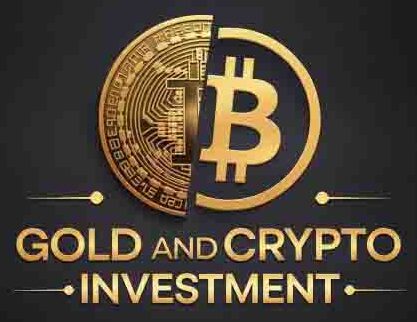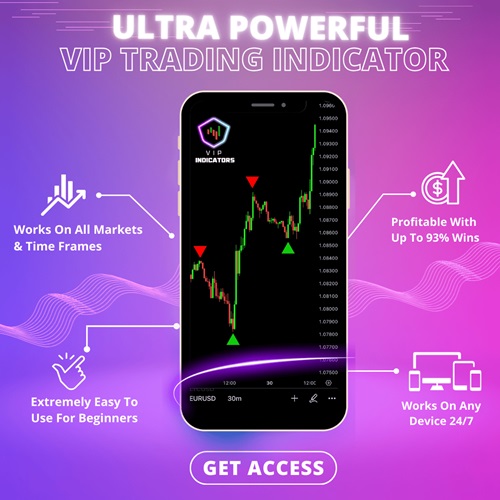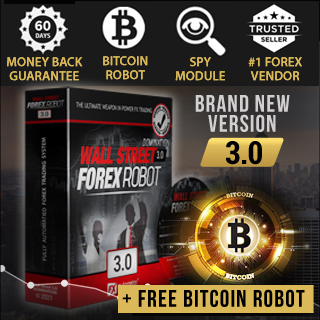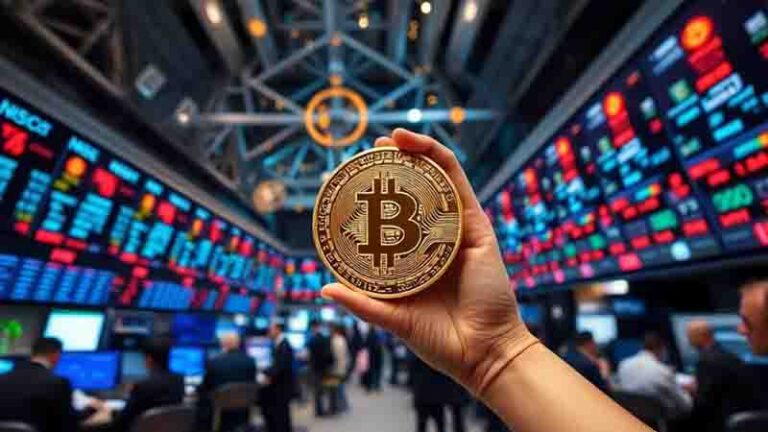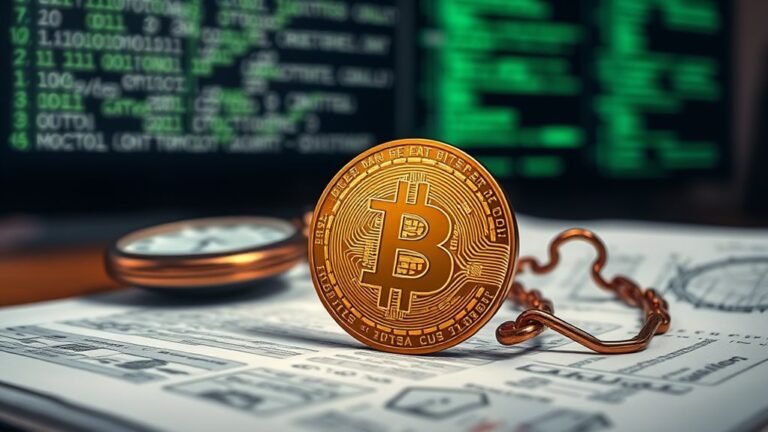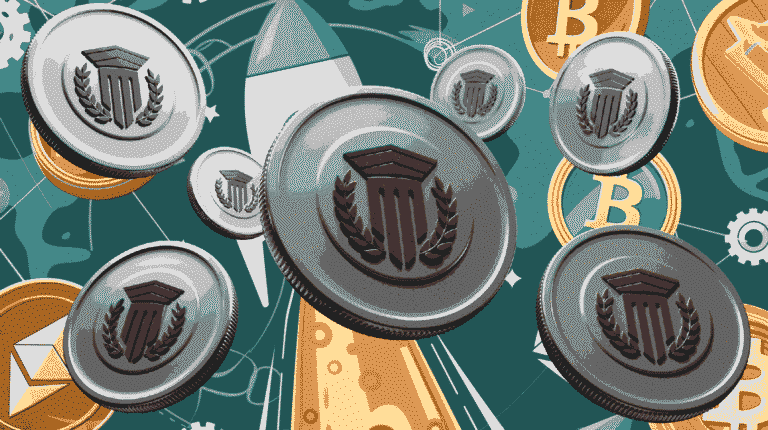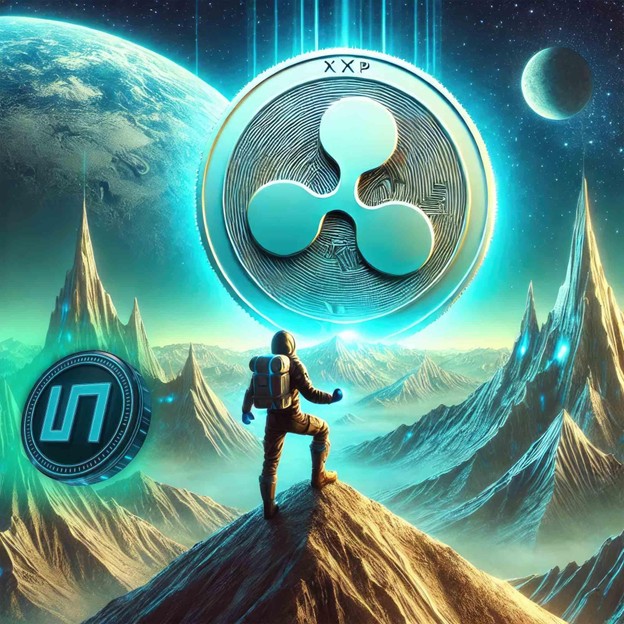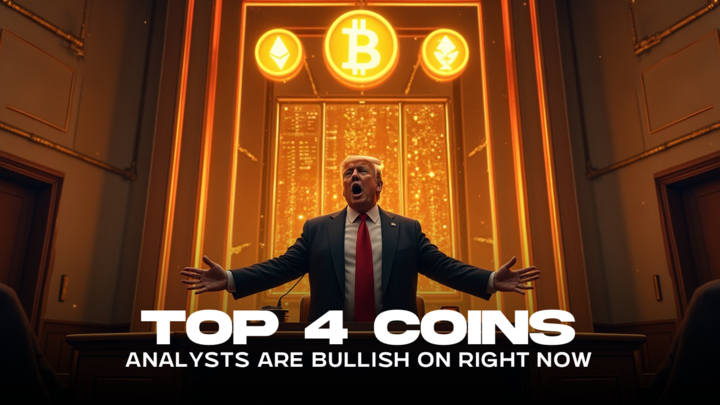Evolving Rules Reshape Gold and Digital Asset Markets
Note: This post may contain affiliate links, and we may earn a commission (with No additional cost for you) if you purchase via our link. See our disclosure for more info. The gold and crypto world is constantly changing. This is not financial, investment, legal, or professional advice. So, please verify the information on the gold and cryptocurrency provider’s websites.
Click below and listen to the podcast on this page.
You're seeing a shift in the gold and digital asset markets as new regulations take shape. The UK's Financial Services and Markets Bill and the EU's DLT Pilot Regime are just the start. A shift is redefining how these assets are traded and valued. As you navigate this changing landscape, you'll find that tokenized gold is gaining legitimacy. Meanwhile, crypto assets face classification challenges. These evolving rules aim to boost investor protection and market liquidity. But, they raise questions about cross-border compliance and the future of decentralized finance. What does this mean for your investment strategy?
Key Takeaways
- Regulatory frameworks like the UK's Financial Services and Markets Bill enhance clarity and investor protection for digital assets, including tokenized gold.
- The EU's DLT Pilot Regime and UAE regulations promote compliance and innovation in the digital asset space, impacting gold tokenization.
- Tokenized gold's market value exceeded $1 billion in April 2023, indicating growing investor interest and wider adoption in traditional markets.
- Varying regulatory approaches across jurisdictions create challenges for global compliance and acceptance of digital assets, including tokenized gold.
- Enhanced market liquidity, transparency through blockchain, and new investor protection measures are reshaping both gold and digital asset markets.
New Regulatory Frameworks Emerge
Across the globe, regulatory frameworks for digital assets and gold markets are rapidly evolving. You're witnessing a significant shift in how governments and financial institutions approach these markets.
The UK's Financial Services and Markets Bill, passed in June 2023, exemplifies this change by providing a clearer regulatory framework for digital assets and enhancing market stability.
In the EU, the DLT Pilot Regime has been initiated to regulate digital assets, establishing a thorough framework under the Markets in Crypto-Assets Regulation. This move aims to increase regulatory compliance and foster innovation in blockchain technology and asset tokenization.
The Gulf region is emerging as a global fintech hub, with the UAE introducing regulations for digital assets and blockchain activities. Dubai's Virtual Asset Regulatory Authority has issued regulations to guarantee compliance and security in the digital asset space.
In the United States, legislative developments across 35 states, Puerto Rico, and D.C. reflect growing interest in:
- Establishing licensing requirements
- Defining taxation rules
- Setting standards for Central Bank Digital Currencies (CBDCs)
These evolving regulatory frameworks are reshaping financial markets, improving market accessibility, and transforming the landscape of financial services.
Impact on Gold Tokenization
The evolving regulatory landscape is profoundly reshaping gold tokenization. As new frameworks emerge to govern digital assets, you'll see increased legitimacy and acceptance of tokenized gold assets in the financial landscape.
This regulatory clarity is essential for both individual and institutional investors, as it provides a solid foundation for the growth of this innovative market.
Impact on Gold Tokenization:
- Enhanced security and transparency: Blockchain technology and smart contracts are improving the safety and efficiency of tokenized gold, making it more attractive to investors.
- Integration with DeFi: You can now use tokenized gold as collateral in decentralized finance platforms, opening up new possibilities for financial products.
- Growing market value: With over $1 billion in tokenized gold as of April 2023, you're witnessing significant investor interest in digital representations of physical gold.
- Improved custody solutions: As demand increases, secure custody options are becoming more robust, ensuring the safety and authenticity of your digital gold assets.
- Broader acceptance: Clearer regulations are paving the way for wider adoption of tokenized gold in traditional financial markets, potentially reshaping how you view ownership of physical gold.
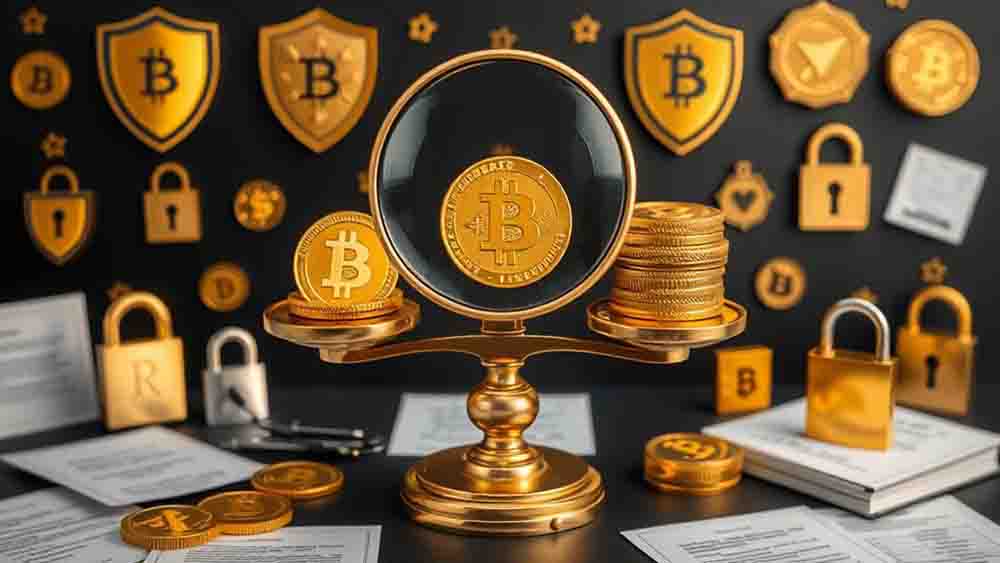
Crypto Asset Classification Challenges
You'll find that classifying crypto assets is a complex challenge, with regulators and market participants grappling with how to categorize these novel digital instruments.
The application of traditional securities laws, like the Howey Test, to cryptocurrencies and tokens has led to inconsistent outcomes, creating uncertainty for businesses and investors alike.
This ambiguity is further compounded by varying approaches across different jurisdictions, making it difficult to establish a unified global framework for crypto asset classification.
Asset Categorization Complexities
Steering through the labyrinth of asset categorization in the crypto world presents significant challenges for investors, regulators, and market participants alike. The complexities surrounding digital assets, including tokenized gold, stem from varying regulatory frameworks across jurisdictions. This inconsistency leads to difficulties in compliance and market acceptance.
The SEC's Wells Notice to Uniswap Labs highlights the ongoing debate over whether certain crypto tokens should be classified as securities. This uncertainty is further complicated by legal precedents, such as the Coinbase ruling, which suggests that secondary market transactions of tokens may not always fall under the definition of investment contracts.
| Asset Type | Regulatory Clarity | Market Acceptance | Compliance Complexity |
|---|---|---|---|
| Traditional Gold | High | High | Low |
| Tokenized Gold | Low | Medium | High |
| Cryptocurrencies | Very Low | Medium | Very High |
| Security Tokens | Medium | Low | High |
The Howey Test remains a critical factor in determining whether an asset is a security, affecting both traditional and digital assets. However, the fragmented approach to asset categorization, evident in the divergence of state-level legislation on cryptocurrencies, hinders the growth and acceptance of digital assets in the market. This patchwork of regulations creates a challenging environment for investors and businesses seeking clarity in the evolving landscape of digital finance.
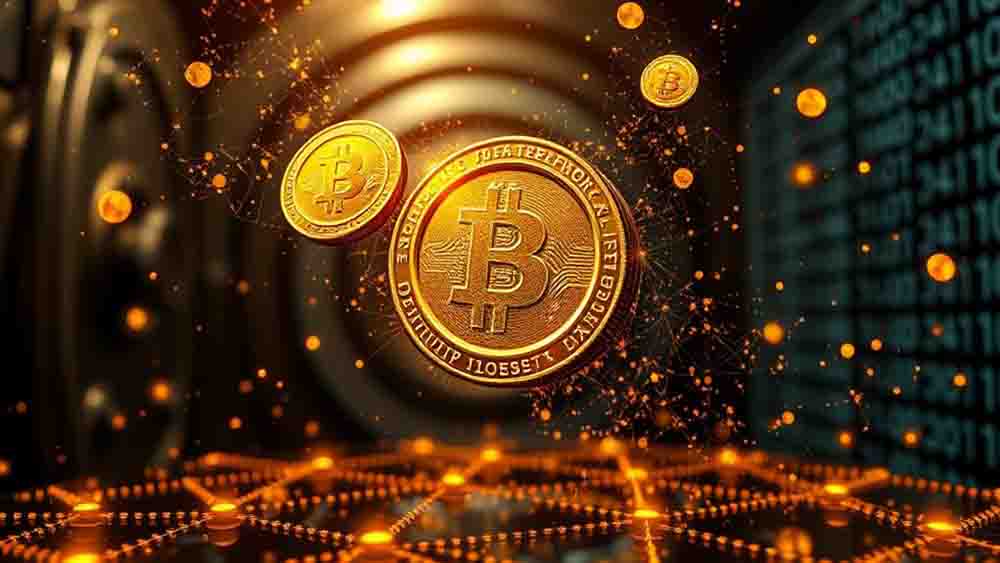
Regulatory Framework Uncertainties
Regulatory ambiguity continues to plague the crypto asset landscape, creating significant challenges for market participants and investors. The ongoing debate over asset classification has led to increased scrutiny from regulatory bodies, particularly the SEC. Recent developments, including the Wells Notice issued to Uniswap Labs, highlight the uncertainty surrounding digital assets and their potential categorization as securities.
The evolving regulatory framework presents a complex picture:
- Court rulings suggest secondary market transactions may not qualify as investment contracts under the Howey Test.
- The SEC's jurisdiction is being challenged, as evidenced by the Coinbase ruling.
- The Ripple case continues to influence the regulatory landscape, raising questions about XRP's classification.
These developments have significant implications for blockchain-based financial markets and tokenization efforts. As traditional finance intersects with digital assets, central banks and regulators grapple with defining appropriate oversight measures.
This regulatory uncertainty impacts investment opportunities and market growth.
To navigate this landscape, you'll need to:
- Stay informed about evolving regulations
- Understand the nuances of asset classification
- Consider the potential risks and rewards associated with digital asset investments
As the regulatory framework continues to develop, it's essential to remain vigilant and adaptable in this rapidly changing environment.
Cross-Border Classification Disparities
As regulatory challenges persist within individual jurisdictions, the global nature of crypto markets introduces another layer of complexity: cross-border classification disparities. Different countries have varying definitions and approaches to digital assets, creating legal ambiguities and compliance issues for international investors and platforms.
The inconsistent application of asset classification methods, such as the Howey Test in the U.S., complicates international investment strategies. While the SEC's jurisdiction primarily concerns securities, decentralized platforms often don't fit traditional definitions, as seen in cases like Uniswap and Coinbase.
Regulatory frameworks are evolving at different paces globally:
- The EU has established thorough regulations through the Markets in Crypto-Assets (MiCA) framework.
- The U.S. is still managing its approach, with ongoing legal battles highlighting uncertainties.
These disparities pose significant challenges in the evolving digital asset landscape. You'll need to carefully consider how assets are classified across jurisdictions when investing or operating in multiple countries.
As the market matures, there's a growing need for clearer international standards to address these cross-border classification disparities and guarantee a more cohesive global regulatory environment for digital assets.
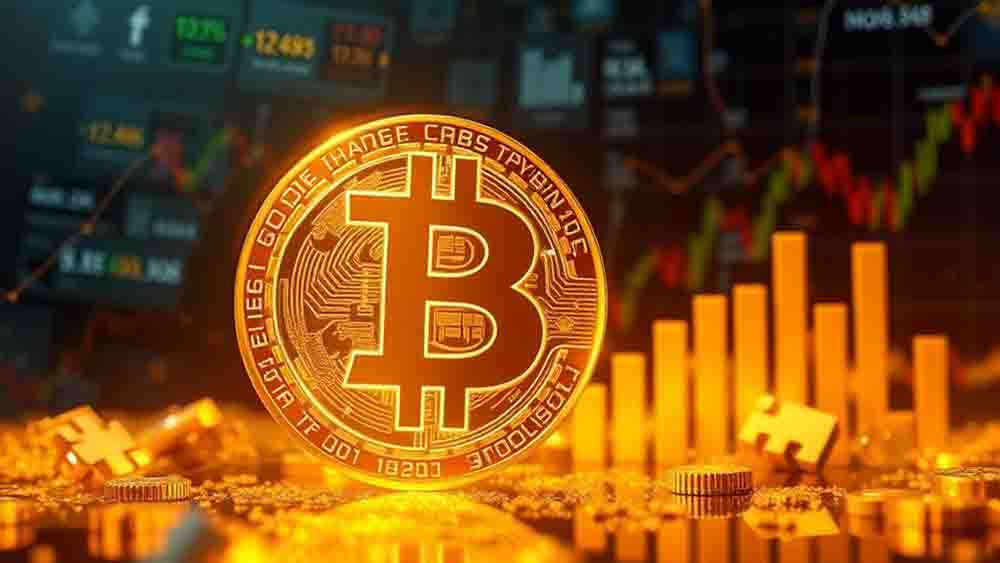
Cross-Border Compliance Requirements
Amid the evolving landscape of gold tokenization, cross-border compliance requirements present a significant challenge for market participants. Financial institutions and investors must navigate a complex web of regulatory frameworks that vary across jurisdictions.
As the tokenization of assets gains momentum, you'll find that different countries are developing distinct approaches to digital asset regulation, impacting how tokenized gold is treated under international law.
Recent legislative efforts, such as the UK's Financial Services and Markets Bill and the EU's DLT Pilot Regime, aim to provide clarity for cross-border transactions involving digital assets. These initiatives highlight the growing importance of compliance in the tokenized gold market.
You'll need to stay informed about these evolving rules to avoid potential legal pitfalls.
Interestingly, the Gulf region is emerging as a global fintech hub with favorable regulations that could streamline cross-border compliance for gold tokenization initiatives.
As regulatory scrutiny increases, you'll find that firms involved in tokenized gold must:
- Understand varying compliance requirements across jurisdictions
- Implement robust systems to guarantee adherence to international law
- Adapt quickly to changing regulatory landscapes
Market Liquidity and Transparency
Liquidity and transparency form the backbone of efficient financial markets, and gold tokenization is revolutionizing these aspects in the precious metals sector. This innovative approach to gold investment offers several key benefits:
- Enhanced Market Liquidity: Gold tokens enable 24/7 trading and allow for micro-sized transactions, making it easier for you to buy and sell smaller quantities of gold.
- Improved Transparency: Blockchain technology provides verifiable ownership records, increasing trust and accountability in the investment process.
- Reduced Costs: By eliminating intermediaries, tokenization lowers transaction costs, making gold investments more accessible to retail investors like you.
- Increased Accessibility: The interoperability of blockchain platforms facilitates seamless transactions, broadening market access for tokenized gold.
These advancements are driving significant growth in the gold-backed token market, which is expected to exceed $1 billion.
This trend reflects the increasing demand for transparent and liquid investment options that combine traditional gold with modern digital finance.
As you consider your investment strategy, it's important to recognize how gold tokenization is reshaping the precious metals market.
This digital transformation offers you new opportunities to diversify your portfolio with a time-tested asset in a more efficient and accessible manner.
Investor Protection Measures Implemented
Regulatory bodies have stepped up their game in the wake of high-profile exchange collapses like FTX. The intensified regulatory scrutiny has led to new measures aimed at enhancing investor protection in digital asset markets. These efforts focus on increasing transparency and safeguarding investor interests, with countries developing distinct approaches to digital asset regulation.
Key developments in investor protection measures include:
- The UK's Financial Services and Markets Bill, passed in June 2023
- Growing collaboration between regulators and market participants
- Efforts to address inconsistencies in regulations across jurisdictions
These initiatives aim to create a thorough regulatory environment for digital assets and guarantee investor safety. As a result, you can expect future updates in regulation to prioritize investor protection and market integrity.
These changes may influence market volatility and boost investor confidence in digital asset markets. Financial institutions are adapting to these evolving rules, particularly in the sector of tokenized assets.
The new measures are designed to foster a safer ecosystem for investors like you, providing greater assurance when engaging with digital assets. As regulations continue to evolve, you'll likely see improved transparency and market integrity in the digital asset space.
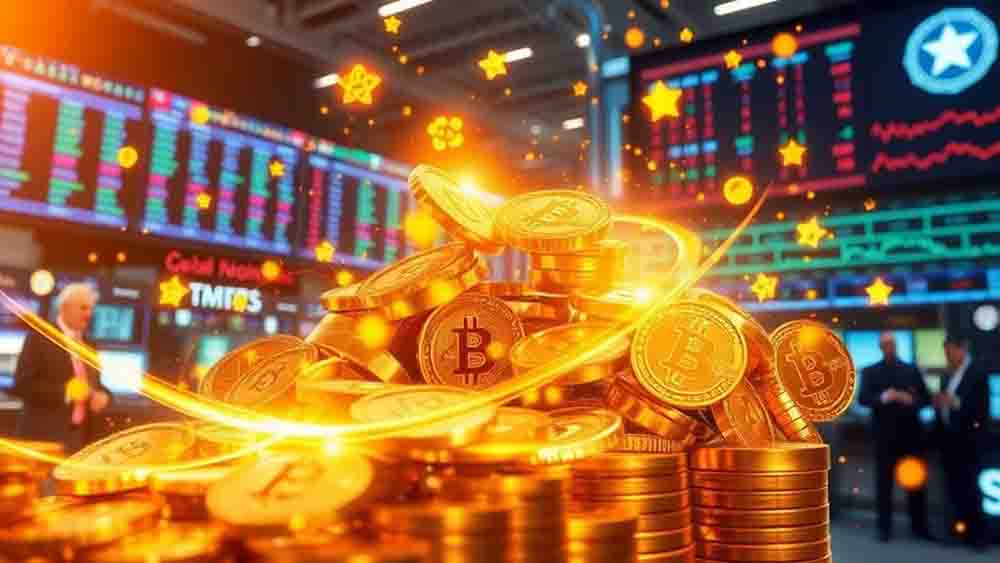
Frequently Asked Questions
What Is Tokenized Gold?
Tokenized gold is a digital representation of physical gold on blockchain technology. You can own and trade fractions of gold without handling physical bullion.
Each token represents a specific amount of gold stored securely. This innovative system offers you enhanced liquidity, lower costs, and easier access to gold investments.
It's particularly beneficial for retail investors, as you can buy small amounts previously unavailable. The market for tokenized gold is growing rapidly, showcasing its increasing popularity among investors seeking efficient gold exposure.
What Are Digital Assets in Trading?
Digital assets in trading refer to financial instruments that exist and are traded electronically on blockchain platforms.
You'll find various types, including:
- Cryptocurrencies (e.g., Bitcoin, Ethereum)
- Tokenized assets (e.g., digital representations of real estate or art)
- Stablecoins (cryptocurrencies pegged to fiat currencies)
These assets offer you 24/7 trading opportunities and increased liquidity compared to traditional markets.
They're becoming increasingly popular due to their accessibility and potential for innovative investment strategies.
However, you should be aware that regulatory frameworks for digital assets are still evolving.
What Are Digital Assets in PDF?
In PDF format, digital assets refer to any electronically stored content that holds value.
You'll find these assets in various forms, such as:
- Documents: Reports, contracts, and presentations
- Images: Photos, graphics, and diagrams
- Videos: Training materials and promotional clips
- Audio files: Podcasts and recordings
Digital assets in PDFs are easily shareable, searchable, and can be protected with encryption.
They're essential for businesses and individuals who need to manage and distribute information efficiently.
Conclusion
You're witnessing a transformation in gold and digital asset markets. As new regulations take shape, you'll see increased legitimacy and investor protection. These changes will drive innovation, improve liquidity, and expand the use of tokenized gold as collateral. You can expect clearer guidelines, enhanced transparency, and improved security through blockchain integration. Despite challenges, you'll benefit from a better, more accessible market. It will attract a diverse range of investors.
